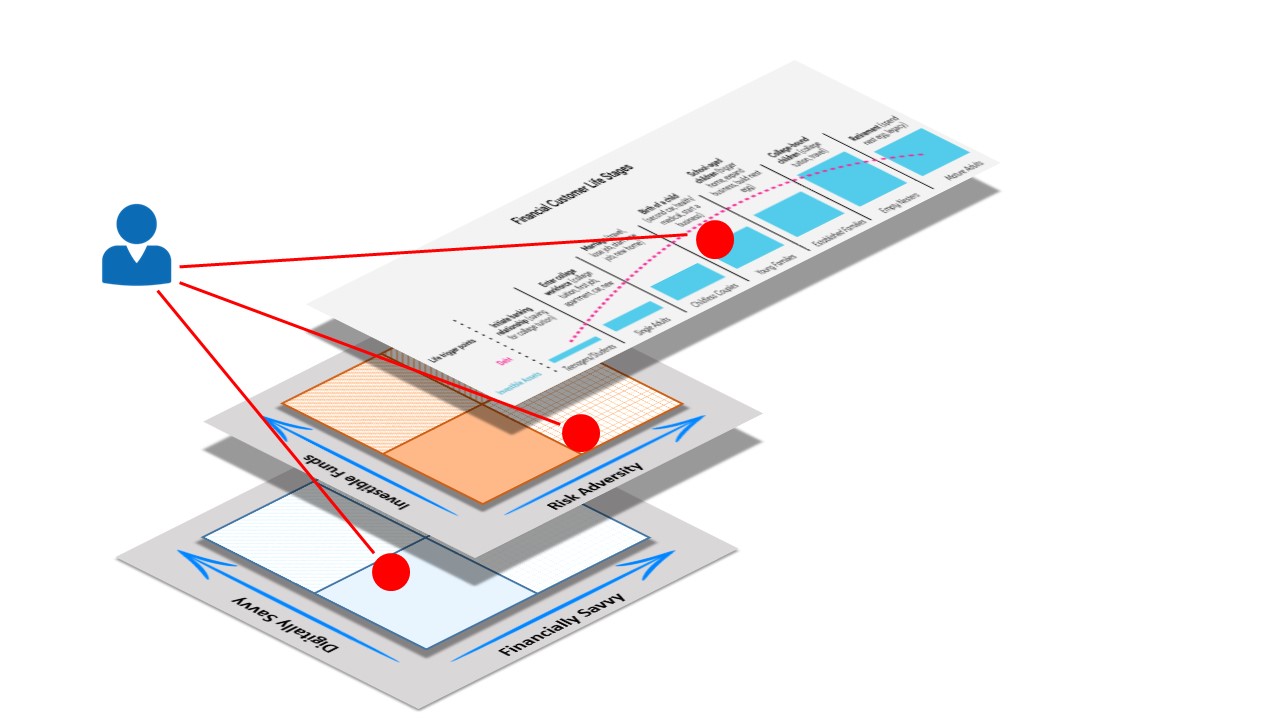Even as early as the 1930s marketers realised that the traditional segmentation models based only on demographics were insufficient. However, as segmentation models evolved, so did the data needs. Any segmentation model is useless without the data that enables it to be meaningful. So, if, for example, you wanted to use behavioural and psychographic dimensions in a segmentation model, you'd need a lot of data points to be able to determine what changes in behavioural or psychographic characteristics drive purchasing or retention activities.Today we live in a data age. Data is being collected and stored at a startling rate. This sheer volume of data, coupled with the rise of machine learning, is allowing us to uncover new correlations and variables that we couldn't link previously with customer behaviours or needs – we just didn't have the processing power. This is also opening the opportunity for us to start using micro-segments and moving us closer to a true “segment of one" – the holy grail in market segmentation!
As we discover different dimensions that drive customer behaviours, we can begin to apply multiple levels of segmentation criteria, improving our understanding of each customer. So rather than using different segmentation models; we would apply different layers over a primary segmentation model to allow for better targeting. This allows levels of complexity to be applied as the situation requires.
 So, for digital customer engagement and sales (via apps, websites, robo-sales), it is possible to consume, and process masses amounts of data and respond to customers in split seconds - enabling appropriate offers to be marketed to customers in real-time. However, when there is human intervention, like much of the legacy face-to-face sales and servicing that takes place in financial institutions today still - using complex segmentation models pose a challenge. Therefore, the segment definition and personas used by the people in the front-line need to be simple for people to understand and relate to easily. Digital, mobile CRM solutions can augment humans in identifying the customer across multiple segmentation layers and proposing the appropriate product or next best offering. But as long as these solutions don't exist - it's better to keep it simple for sales and support staff.
So, for digital customer engagement and sales (via apps, websites, robo-sales), it is possible to consume, and process masses amounts of data and respond to customers in split seconds - enabling appropriate offers to be marketed to customers in real-time. However, when there is human intervention, like much of the legacy face-to-face sales and servicing that takes place in financial institutions today still - using complex segmentation models pose a challenge. Therefore, the segment definition and personas used by the people in the front-line need to be simple for people to understand and relate to easily. Digital, mobile CRM solutions can augment humans in identifying the customer across multiple segmentation layers and proposing the appropriate product or next best offering. But as long as these solutions don't exist - it's better to keep it simple for sales and support staff.
Market segmentation cannot be a static element in your business today. We'd be foolish if we ignored the benefits that masses of data provide us and the affordable processing power that accompanies it. Just like risk models or financial models evolve as our data and insights grow, so our segmentation models should evolve to ensure we are in the best position to react swiftly to our customers' needs. But don't forget the human element and make sure sales and servicing staff are empowered to fulfil their role as well.
